Professional listing photos are essential for good real estate marketing. And while they are meant to show a home in its best light, sometimes the pics can be deceiving. Here are a few common real estate photography tactics that can create a gap between buyer expectations and reality.
1. Wide-Angle Lenses for a Larger Field of View
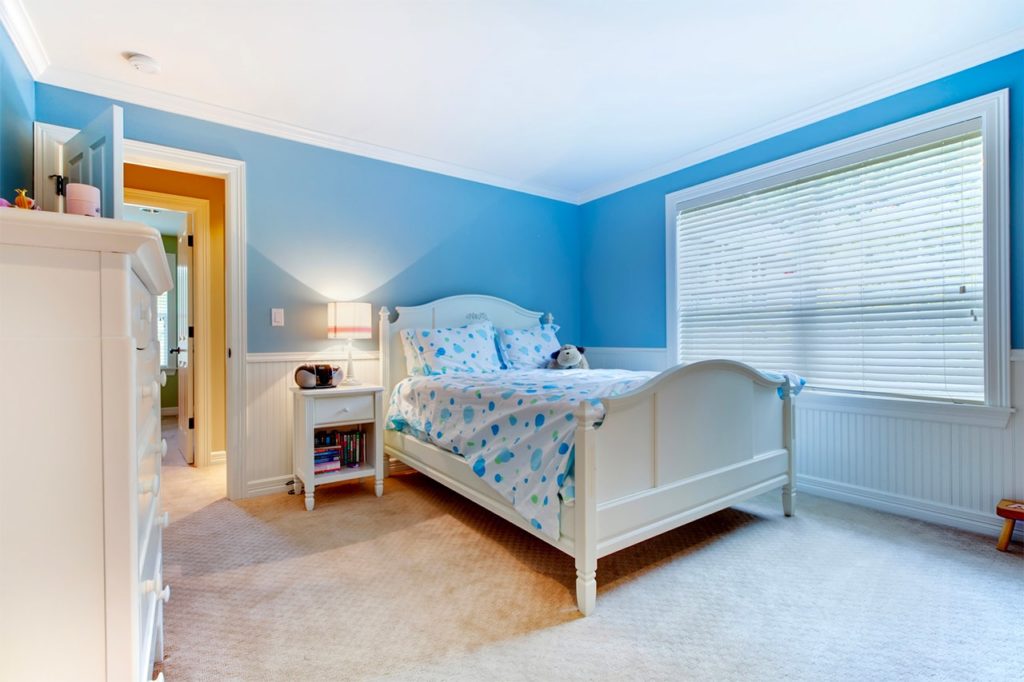
Photographers use wide-angle lenses to capture real estate photos because it provides a broader perspective than a standard camera lens. Simply put, it fits more of the objects in a room into the photograph.

The wide angles can give objects a stretched appearance, which is noticeable in appliances, doors, or other items that seem out of proportion. In real life, rooms usually seem smaller than they appear in wide-angle photos.
2. Long Shutter Exposure Time for Brighter Light

The longer a camera shutter stays open, the more light it captures. Using a stable tripod with slow camera shutter speeds allows the photographer to capture as much natural light as possible. It also gives light fixtures that special glowing effect. This is why rooms don’t usually look as bright in person as they do in photos.
3. Forced Perspective to Make Rooms Feel Bigger
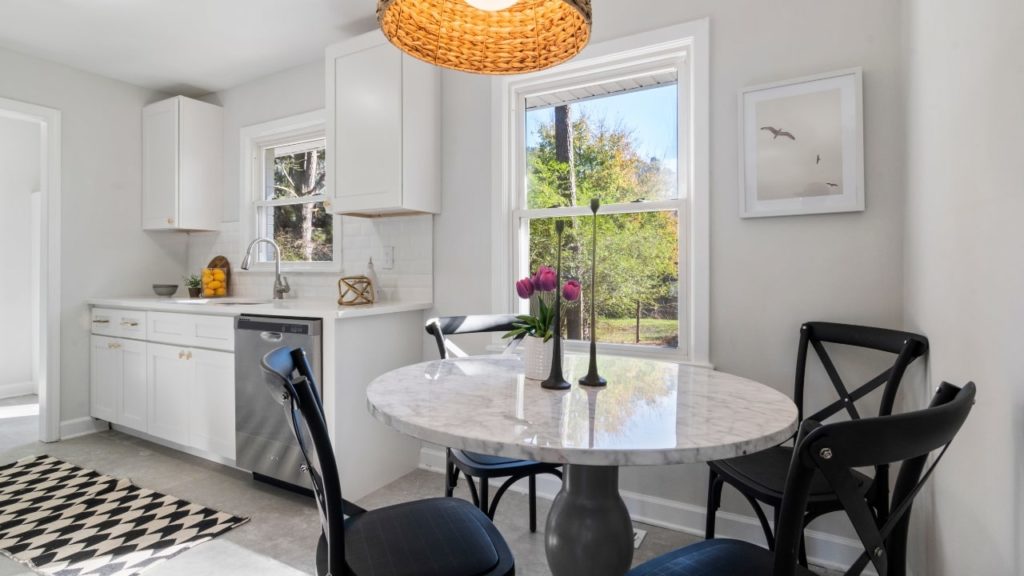
Careful positioning of the camera can make objects appear larger, smaller, closer, or farther away than they actually are. Putting this little table in the foreground makes the cabinets seem small in the distance — so this dining space looks larger. Photographers will also choose angles that minimize undesirable views of objects like pipes, trash cans, or heating equipment (making them seem smaller).
4. Photoshopped Blue Skies

The weather doesn’t always cooperate with real estate photo shoots. So photographers will often edit dull or overcast scenes to add blue skies or vibrant sunsets (see the right side of this edited image). In addition to creating a more cheerful or appealing picture, blue skies also add noticeable contrast to make the listing photo stand out better.
5. Virtual Staging for Vacant Homes
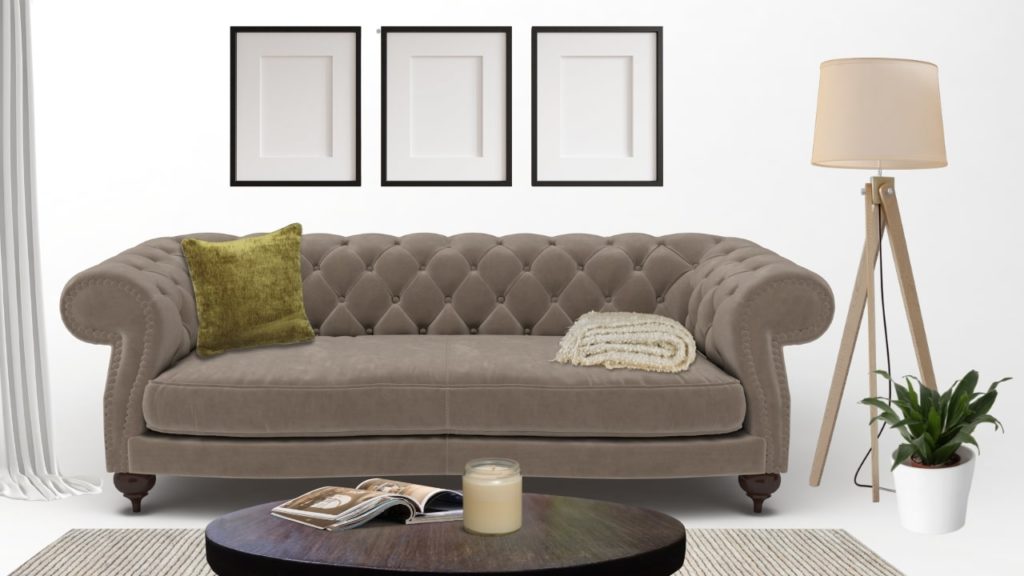
Modern technology enables vacant or empty homes to be staged with photo-realistic furnishings, helping buyers visualize how a space might be used. Virtually staged listings are more appealing, but don’t always accurately show a room’s scale and size. The advantage of digital staging is minimal cost and effort for sellers. However, buyers may still have difficulty envisioning the physical space in person.
6. Photoshopped Fire in the Fireplace
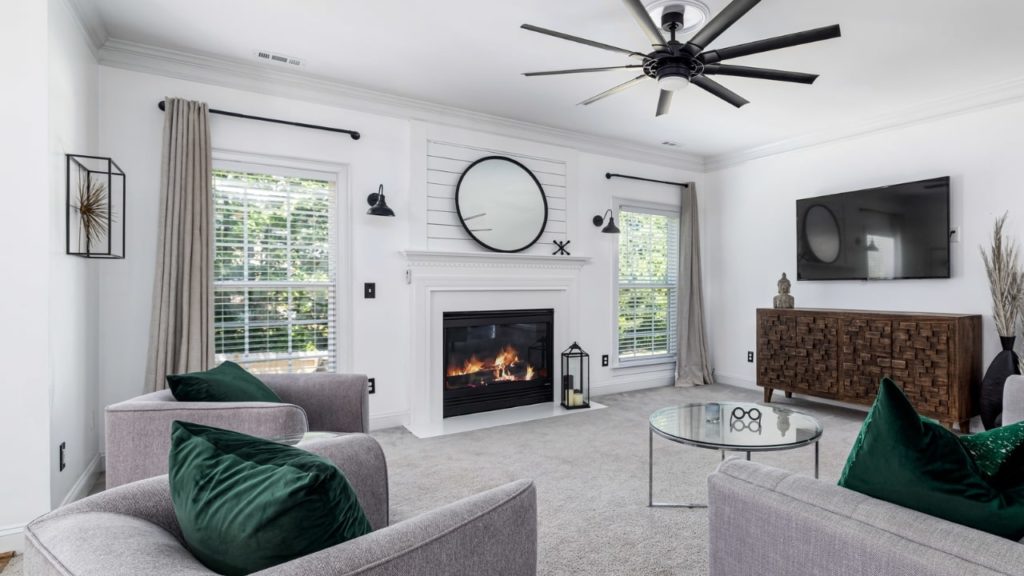
It’s fairly standard for real estate photographers to Photoshop a fake fire into the fireplace. This adds some color contrast, warmth, and a cozy feel to the room — without heating up the space on a hot summer day. A similar trend is Photoshopping a photo of the home into the TV screen.
7. Exaggerated Green Lawns
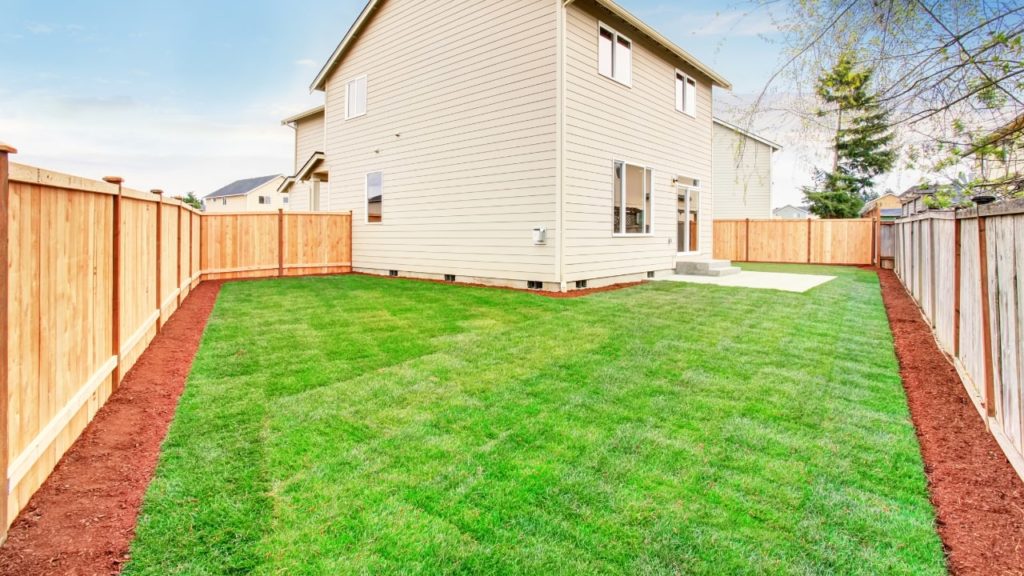
Wide lenses and low angles can make a small yard appear larger than it really is. Photographers will also Photoshop green grass to fix patchy spots in the lawn, or adjust the hue and saturation for brighter colors.
8. Selective Cropping to Hide Nearby Objects
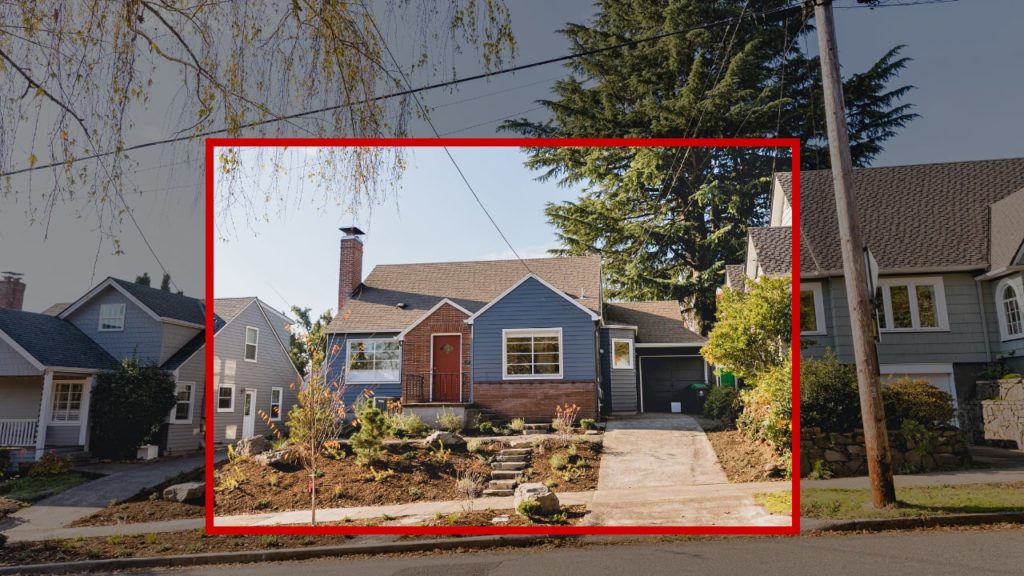
Real estate photos are carefully cropped to present the best views — and hide the rest. Buyers are sometimes surprised by the location of power lines, shared driveways, utility boxes, or neighboring homes. That’s why it’s important to see properties in person. Google Street View is another useful tool for exploring the surroundings.
9. Wide-Angle Doorway Shots
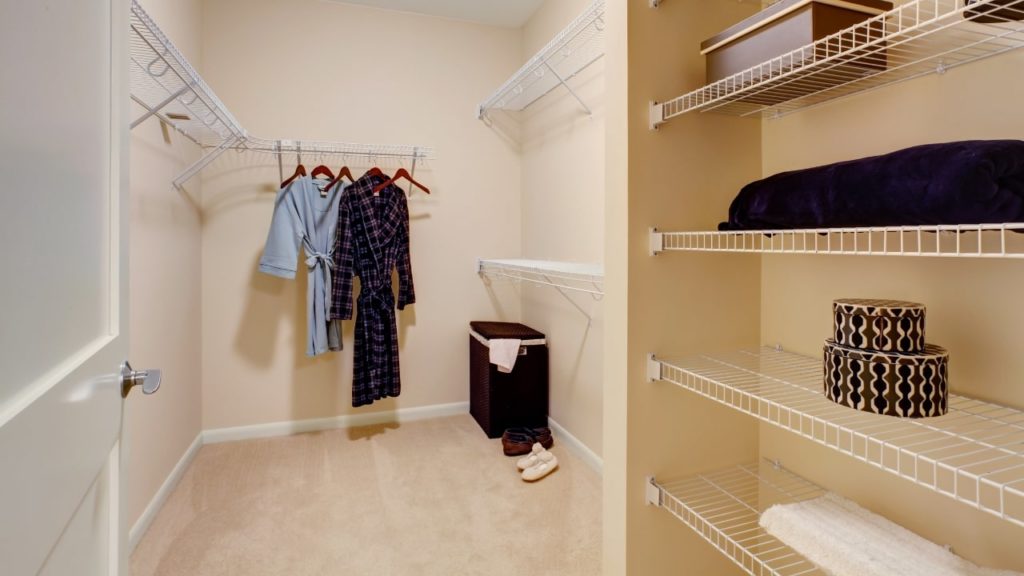
In smaller homes or tight spaces, it takes some creativity to capture accurate images of the space. That’s why you tend to see extreme angles from a distant perspective (from just outside a room). This can create an illusion of extra spacious interiors.
10. Shining Wet Surfaces
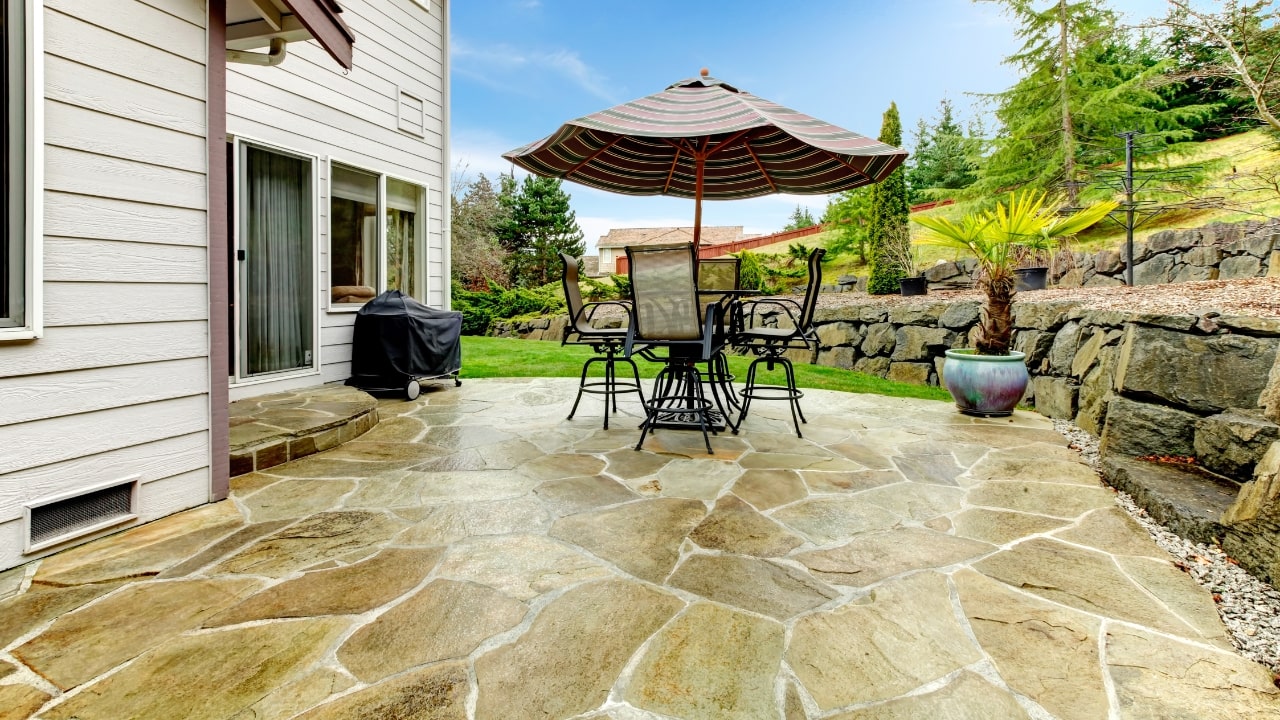
This one is a bit weird. Sometimes you’ll notice a wet driveway, deck, stone patio, pavers, or rock beds. It’s possible that it just rained, but some sellers spray down these surfaces just before photos in order to bring out vibrant color tones and make clean surfaces shine. This is probably unnecessary, but it’s an age-old trick. This tactic will backfire on a hot day, since water evaporates too quickly and leaves wet spots.
A Good REALTOR® Gives You Guidance
While it can be disappointing when the photos are better than the real thing, some homes actually show better in person. Photos can’t accurately convey the whole picture; sometimes, you need to experience touring the home to see its potential value — and its drawbacks. You never know what’s just beyond the edge of a photo.
By learning to spot these common photography tricks, you can adjust your expectations and evaluate properties with a more critical eye. But more importantly, a skilled real estate agent can help you quickly identify a home’s positive and negative attributes, and provide information such as property disclosures, past sale history, eligible loan programs, agent-only notes, utilities, and more.
A good real estate agent will also provide guidance for sellers to ensure that their home is marketed in its best light, without deceiving buyers or causing unnecessary frustration.
If you are located in Kitsap County, I’d love to discuss your real estate needs. Get in touch with me today!
